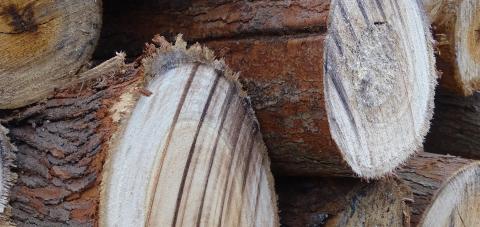FSC remains the sole choice of Tetra Pak
Despite improvements in the PEFC system, it has not attained an assurance level that satisfies the standards set by Tetra Pak, global leader in beverage packaging.
This is the main conclusion of an assessment conducted by ProForest on behalf of Tetra Pak.
Following the launch of the revised PEFC Chain of Custody standard in November 2010, Tetra Pak commissioned an evaluation of the conformance of PEFC certified timber to Tetra Pak’s Forestry Guidelines in five key sourcing aras. These guidelines set out criteria for the company’s responsible sourcing of carton for its worldwide production of beverage packaging. Tetra Pak buys around 2 million tons of paperboard every year for this purpose.
“In view of the changes to the PEFC system, we decided that there was a need to update and expand the original assessment that was made back in 2009”, says Lena Dahl, Manager of Forestry and Base Materials at Tetra Pak. “We recognise that global forest certification schemes are constantly evolving and we will accommodate any scheme in our sourcing policy if it conforms to our requirements”.
Gaps: High Conservation Values and traditional rights
Tetra Pak’s Forestry Guidelines excludes fibres deriving from unacceptable sources from the company’s supply chain. Similar to the FSC Controlled Wood risk categories, they exclude illegal harvesting, forest conversion, violation of traditional or customary rights, use of genentically modified trees and logging in protected areas or High Conservation Value areas.
The study looks into the assurance offered by the PEFC system in Tetra Pak’s key sourcing areas. The revised global PEFC Chain of Custody standard as well as national PEFC-endorsed Forest Management standards and the local legislation were all taken into consideration. The sourcing areas and local schemes covered by the assessment are: Australia (Australian Forestry Standard, AFS), the US (Sustainable Forestry Initiative, SFI), Finland (Finnish Forest Certification System, FFCS), and Sweden (PEFC Sweden).
The study found that the revised PEFC CoC standard has addressed several gaps in the legislation of these countries, including illegal logging, conversion and GMOs; however, there are important remaining gaps within the two last criteria.
ProForest found that High Conservation Values (HCVs) are not addressed by the PEFC Chain of Custody standard. Furthermore, neither the local legislation nor the national PEFC forestry standards cover HCVs to a sufficient degree, except for Sweden where the legislation is deemed to adequately safeguard HCVs.
Traditional and civil rights are seen to be only partially addressed by the new PEFC CoC standard, which requires non-certified wood in PEFC Mixed Sources products to come from areas where the management respects local legislation protecting such rights. However, the study found that local legislation does not always uphold these rights or may not be well enforced. While the legislation is deemed sufficiently strong in Australia, Canada and the US, local laws are found to be too weak to safeguard traditional rights in the Saami reindeer herding areas of Finland and Sweden.
Ms. Dahl says: “With the latest changes, the PEFC system has moved towards conformance to our Forestry Guidelines; however due to the shortcomings identified by the ProForest team, FSC remains our preferred scheme for the time being”.


